The Atlant washing machine does not spin
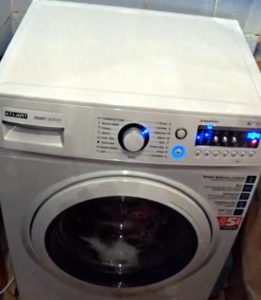 If the washing program has completed, but the water has not completely drained from the drum or the clothes remain too wet, it means that the Atlant washing machine does not spin out the laundry. This situation occurs often, but large-scale breakdowns do not always lead to poor-quality spinning. Perhaps an imbalance or simple inattention is to blame. We suggest you figure out why the drum does not spin up to full power and how to solve this problem on your own. Let's look at all the typical problems and ways to fix them.
If the washing program has completed, but the water has not completely drained from the drum or the clothes remain too wet, it means that the Atlant washing machine does not spin out the laundry. This situation occurs often, but large-scale breakdowns do not always lead to poor-quality spinning. Perhaps an imbalance or simple inattention is to blame. We suggest you figure out why the drum does not spin up to full power and how to solve this problem on your own. Let's look at all the typical problems and ways to fix them.
Where to look for a breakdown?
You can deal with wet laundry by taking it out of the drum and manually wringing it over the bathtub. But this will not only require a lot of effort and time, but will put the washing machine at risk. By turning a blind eye to suspicious “symptoms”, you can aggravate the problem up to the “death” of the equipment. It is better not to complicate your life, but to respond to the problem in a timely manner.
First of all, it’s worth figuring out what breakdowns and failures cause the spin to not work. On Atlant washing machines, the drum does not spin in the following situations:
- No spin mode is on;
- the drum is unbalanced;
- the drainage system is not functioning;
- the tachometer is broken;
- the electric motor does not accelerate;
- the bearing unit was damaged;
- the control board has failed;
- the drum is jammed due to a foreign object getting into the tank.
If the washing machine is under warranty, then it is prohibited to open the case yourself - all manipulations are carried out in a service center.
In 99% of cases, you can deal with a non-working spin on your own.You just need to consistently check all the designated “sore points” of the Atlant washing machine, not forgetting about safety precautions. Specific instructions on how and what to do are given below.
Error in selecting mode
If the machine has not wrung out the laundry, then there is no need to panic. Often the problem is not a breakdown, but simple carelessness. For example, when the user accidentally selects a mode in which the spin is automatically set to a minimum of 400-600 rpm. Basic programs include “Down”, “Wool”, “Curtains”, “Delicate”, “Handmade” and “Silk”.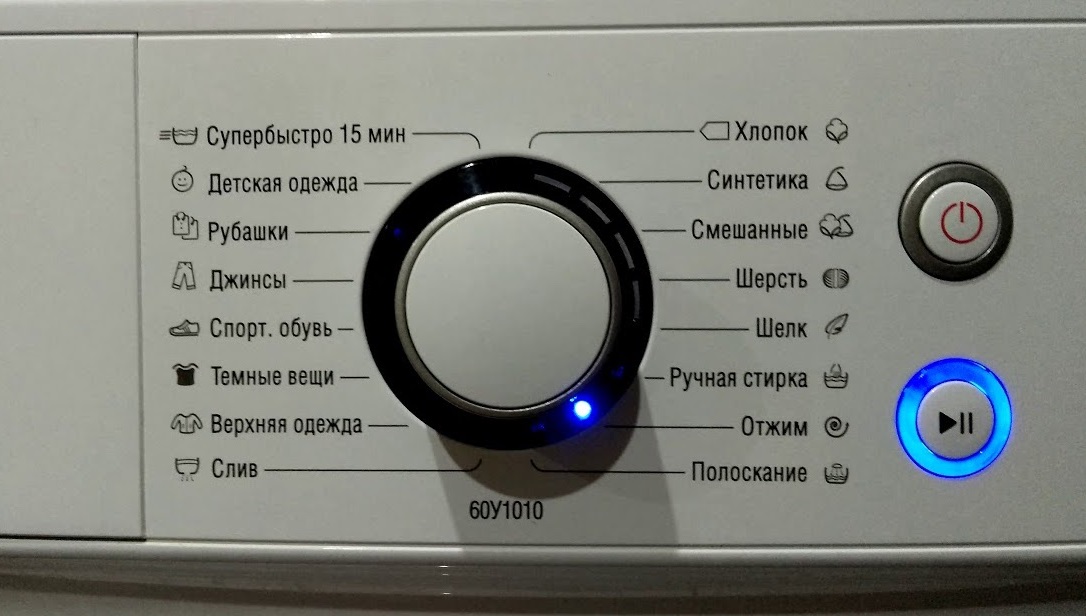
It’s easy to confirm or refute a guess: we remember which program was chosen and read its features in the instructions. Or we go the experimental way, starting a new cycle with a spin mode - “Spin”, “Children’s”, “Cotton” or “Fast”. If the laundry in the drum dries out, it means a mistake was made.
It is recommended to use the “Child Lock” option, which will prevent accidental changes to the cycle settings.
Don’t forget about the possibility of accidentally reducing the intensity of drum rotation. Many modern washing machines allow you to freely change factory settings, including canceling the spin cycle. It is enough to accidentally touch one of the panel buttons to change the speed from maximum to minimum. It is better to carry out a test wash, monitoring the displayed indicators. If things are not wrung out, then we proceed to diagnostics.
Perhaps it's an imbalance
The most common cause of missing spin is imbalance. In simple words, when the drum spins, it gets knocked off its given axis and begins to hit the walls of the tank. For safety reasons, the machine stops rotating, the cycle ends 7-15 minutes earlier, and the clothes are not wrung out.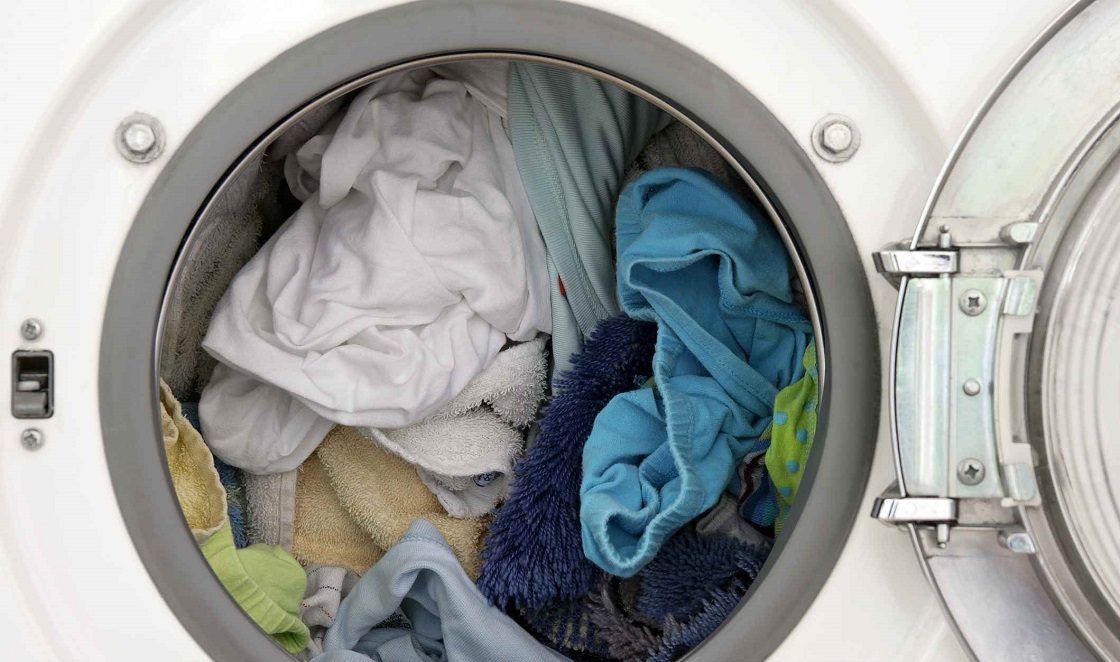
Failure to comply with drum loading standards leads to imbalance: overloading or underloading. Clumping of linen also disrupts the balance when, for example, it gets stuffed into a hole in a duvet cover and is distributed unevenly along the walls. Modern machines are able to detect suspicious swaying and display the corresponding error code on the display. Old models only stop the cycle, leaving users confused.
If you suspect an imbalance, you should:
- wait until the machine turns off the UBL;
- open the hatch and assess the situation (overload, underload or knockdown);
- eliminate the problem (by pulling out some of the laundry, adding items or breaking up the lump and distributing the clothes in the drum);
- close the door;
- activate spin;
- make sure the laundry is wrung out.
Failure to comply with loading standards leads to drum imbalance!
It is better to avoid imbalance and constantly monitor the number of items washed. Unbalancing destroys the bearing assembly, drum shaft and shock absorption system, not to mention possible internal mechanical damage. Be sure to remember both the upper and lower limits (both are indicated in the factory instructions). Thus, the Atlant washing machine with a capacity of up to 5 kg washes 1 kg of laundry at a time, and with a load of 8-9 kg the minimum is set to 2.5 kg.
Discharge of waste water is not possible
It’s another matter if, after spinning, the water does not drain from the drum. Most likely, this is due to a non-functioning drain system - the washer cannot empty the tank due to a faulty pump, a blocked impeller or a blockage. To understand why the failure occurred and what to do, you will have to sequentially check all the identified problems.
- Eliminate sewer blockage.First, covering the hole with your hand, disconnect the drain hose from the sewer pipe and lower it into the bathtub or sink. The common drain may be clogged.
- We probe the hose. Next, carefully inspect the drain hose for blockages and kinks. If seals or foreign objects are noticed, the corrugation is disconnected and washed under the tap.
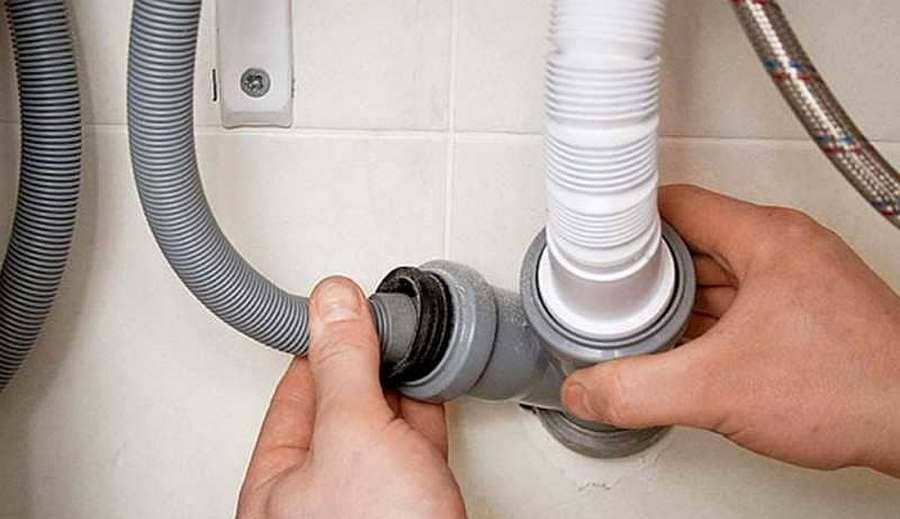
- Checking the filter. The garbage filter is located in the lower right corner of the machine behind the rectangular technical hatch. We pry up the last one with a screwdriver, remove it and, replacing the basin, unscrew the filter nozzle. All adhered dirt must be cleaned off.
- We look at the impeller and pump. The hole freed from the filter is illuminated with a flashlight. You need to find the snail, remove hair and lint from the blades, clean the pump body and “ring” all contacts with a multimeter.
The garbage filter is unscrewed strictly clockwise!
If the problem is a faulty pump or a damaged filter, then repair will not help - replacing broken parts is indicated. Once all the manipulations have been completed, you should assemble the machine and carry out a test wash. An empty drum after spinning will eliminate the fault of the drain system.
The tachometer should be tested
The washing machine will not be able to spin if the tachogenerator fails. Another name for the device is a Hall sensor, and it is responsible for the speed gained by the engine. If the device breaks down and stops recording speed, the control board loses connection with the motor and stops spinning for the safety of the equipment.
The following reasons can lead to problems with the tachometer:
- repeated drum overload;
- long-term operation of the machine without a “respite”;
- loose fixation of the device;

- detachment of contacts or damage to wires;
- sudden voltage surges or a short circuit that has occurred.
To diagnose the Hall sensor with your own hands, you need to remove the motor from the housing, find the tachogenerator attached to it and inspect it. Next, we tighten the terminals, strip the wires, test the connections with a multimeter and compare the results with the norm. If the device is faulty, then replacement is necessary.
Engine problem
You can figure it out yourself in cases where the engine has failed. Commutator motors slow down when the brushes are worn out or there are problems with the winding. To diagnose, you need to remove the motor from the washer:
- disconnect equipment from the power supply and water supply;
- remove the back panel;
- remove the drive belt;
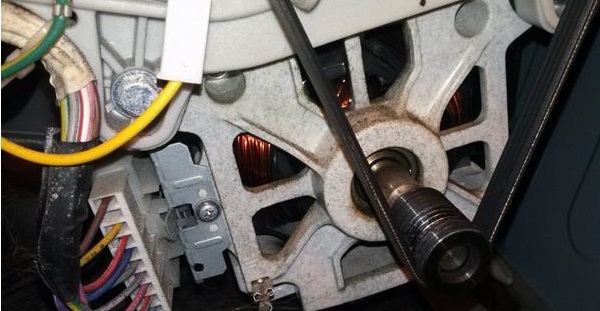
- unhook the wiring and retaining bolts;
- rock the engine and take it out.
Electric brushes are always replaced in pairs!
All that remains is to clean the engine and inspect it, trying to notice signs of overheating (burning smell, dark spots, charred insulation). Then we check the electric brushes: we open the “cases” and evaluate the length of the “coal”. If the tip is less than 0.7-1.5 cm, then replace it with new ones. Finally, we test the winding with a multimeter.
There's something extra in the tank
Jamming of the drum by a foreign object also leads to poor-quality spinning. Keys or a coin left in your pocket fall into the tank, and then awkwardly “stand up” and prevent the tank from rotating. You must act immediately, otherwise the walls of the containers, the market price of which is comparable to a new machine, will be damaged.
Before disassembling the machine, it is worth confirming the “diagnosis”. You need to disconnect the equipment from the power supply, drain the water, open the hatch and spin the drum. If rotation is difficult, a creaking or crackling sound is heard, it means there is a foreign object inside.
We proceed like this:
- disconnect the machine from the sewer and water supply;
- move away from the wall;
- remove the back panel;
- we find the heating element;
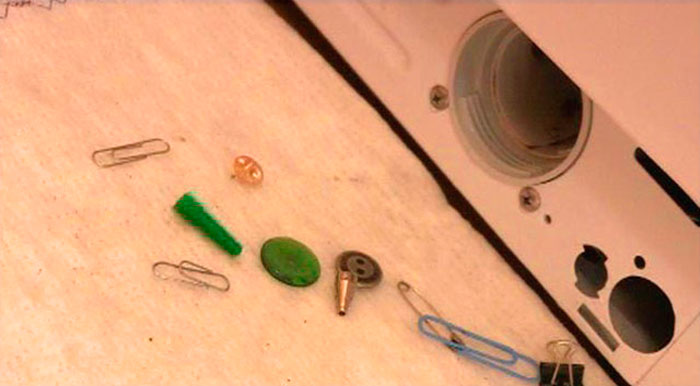
- photograph the “chip” with wires;
- unhook the wiring;
- unscrew the holding bolts;
- remove the heating element to the side;
- shine a flashlight through the hole;
- We remove the stuck object by hand or with a metal hook.
We recommend not to stop there, but to take advantage of the situation and carry out an extraordinary cleaning of the heating element. Then we assemble the machine and check whether the drum spins freely. Then we run a test wash and monitor the spin quality. If things remain wet, we look for the problem further.
Destruction of the bearing unit
If the washing machine does not spin, and additionally produces previously uncharacteristic noise, squeaking and rumble, then it is worth checking the bearing assembly. Probably, the seals have become leaky, lost their tightness, and the water that got onto the bearings washed out the lubricant. The situation is restored by replacing all damaged parts.
Repairing a bearing assembly is a labor-intensive task. You will have to purchase replacement parts suitable for the washing machine, and then disassemble the machine almost completely, removing the counterweights, heating element, shock absorbers and tank. Then it is necessary to knock out the stuck bearings without damaging the crosspiece and the drum shaft. Accordingly, you will need a lot of tools and consumables.
Before disassembling, you should study the factory instructions and electrical diagram of the Atlant washing machine.
Before you start repairing a bearing assembly, you should soberly assess your strengths and abilities. Without experience and practice, it is easy to aggravate the problem: damage the wires, pierce the tank or bend the shaft.However, you will have to pay a large sum for the services of a specialist, since on average, replacing bearings is estimated at a third of the cost of a new washing machine.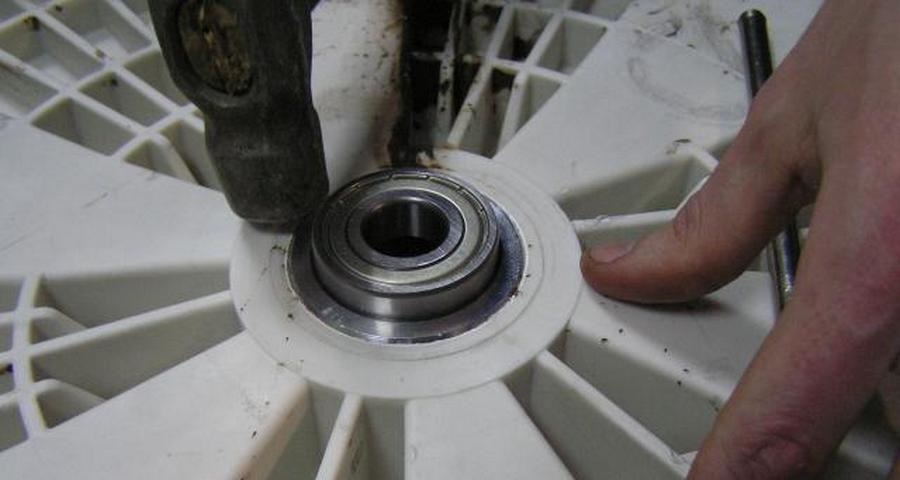
Something with electronics
It’s worse if spinning is impossible due to problems with the electronics. The triac responsible for the motor burns out, so the motor loses contact with the board and does not spin the drum to the required speed. The machine either spins weakly or does not start at all.
The difficulty is that it is strongly not recommended to diagnose the board yourself. Without practice and special equipment, you can aggravate the problem to an irreversible state with one wrong move. It’s better not to experiment and entrust the module to professionals. Reflashing services are priced at several times lower than the cost of a new electronic unit.
Interesting:
2 reader comments
Add a comment Cancel reply
Categories
Washing machine repair


For buyers

For users

Dishwasher





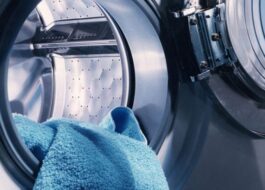











Very practical and comprehensive. Thank you.
I regretted buying this car. It creaks, everything is inconvenient, I bought it in November, and in March the problems already started. Doesn't wring out.